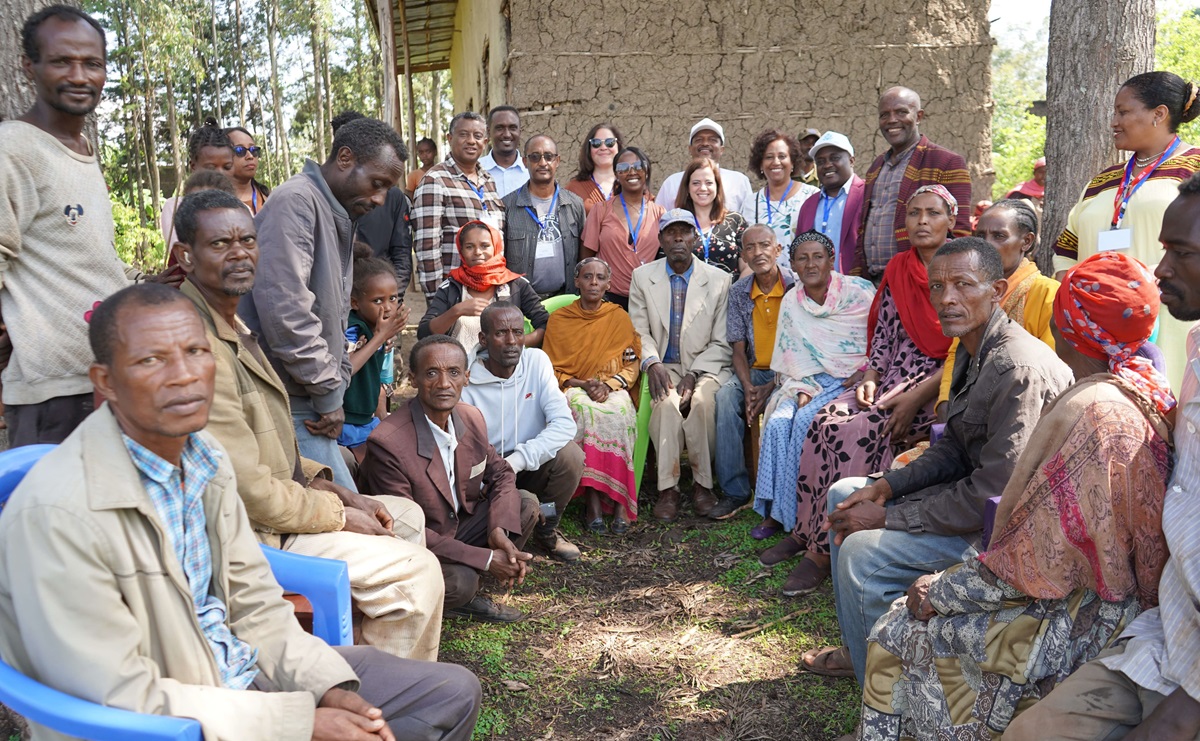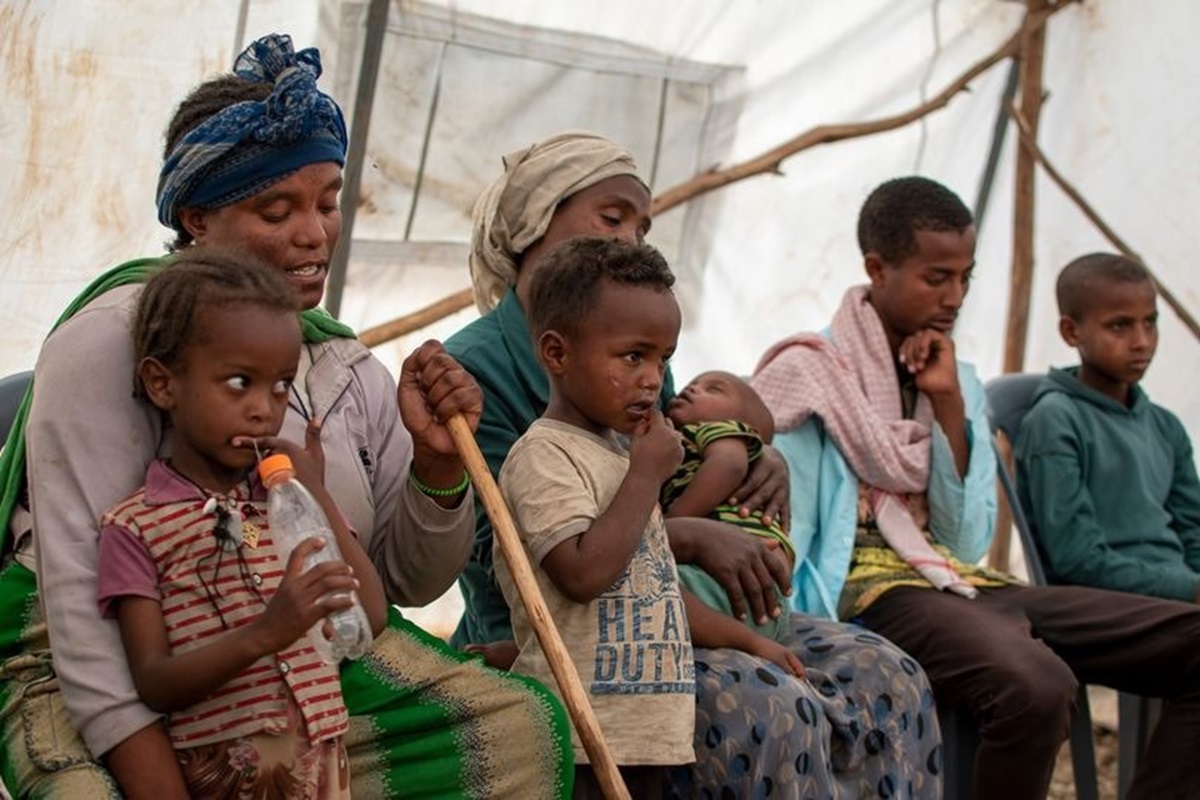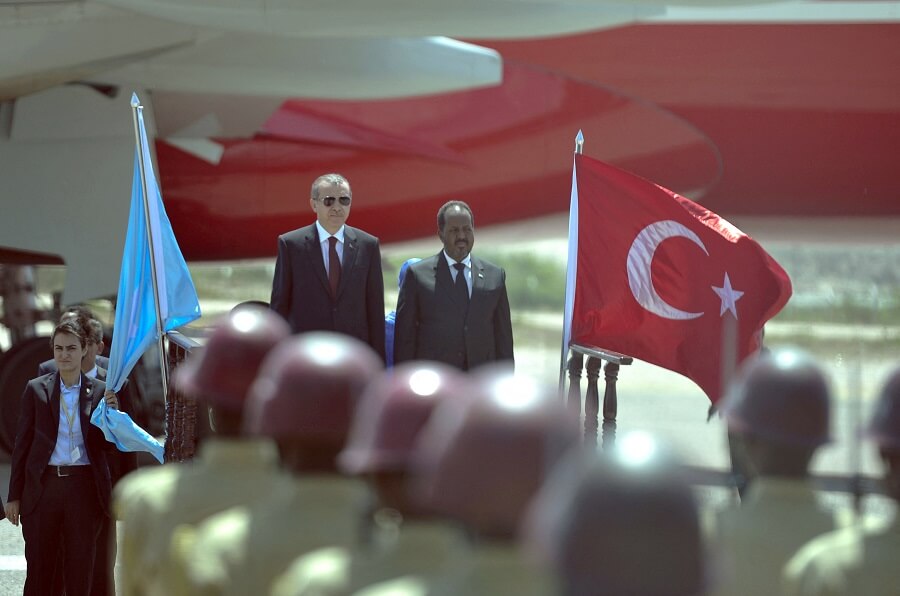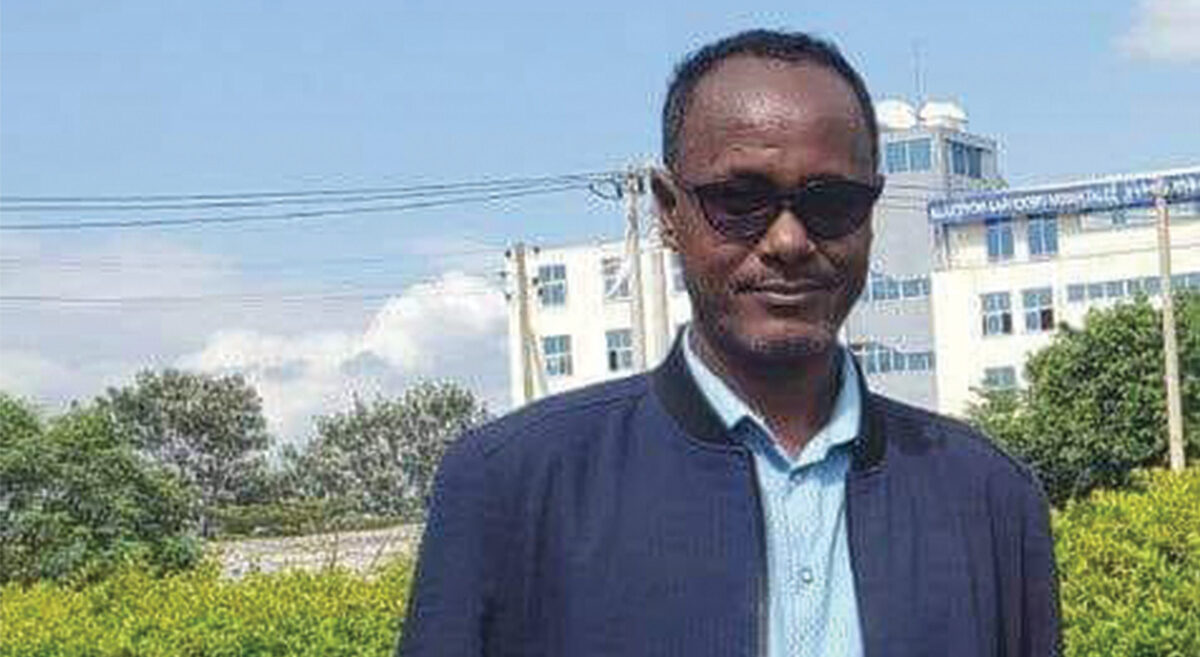The challenges of keeping the‘Ethiopian spirit’ alive
A resolute Ethiopian spirit was, not long ago, a nationwide landmark; it is now only occasional. To restore it back the country must be served with substantive democracy, justice, freedom and prosperity
Taye Negussie (PhD)
Many observers were taken by a surprise at the excitement and elation of the Ethiopian fans displayed in all the matches the Ethiopian football team, affectionately known as the Wallias, played at the recently held 29th African cup of nations in South Africa.
The feeling was not limited only to the colorful fans present at the stadiums where the matches were played; it swept over the whole nation ever since the announcement in October 2012 of the qualification of the Ethiopian team to the Africa’s cup of nation after 31 years of absence. Ethiopians of all ages and walks of life were seen in the streets of many towns and cities face-painted and draped in the tri-color of the national flag, chanting traditional songs and screaming and dancing jubilantly.
Such type of international contest inciting intense national feelings among the citizens of the contestant nations is no stranger but the intensity of the emotion varies based on the degree of strength of nationalistic sentiment with the concerned citizens.
Of course, Ethiopians are renowned to be people with deep nationalistic sentiment and ostensibly maintaining a unique sense of identity. This may possibly arise from a conviction regarding Ethiopia’s long and impressive history and immense contribution to human civilization.
To name but few, Ethiopia is well-celebrated for being: one of the very few nations to be repeatedly mentioned in the scriptures of the two great monotheistic religions of Christianity and Islam; a land of the great ancient civilizations of Axum , Gondar and Harar; a location of the mysterious Lalibela Rock hewn churches; a shelter to the first persecuted Muslim refugees from Saudi Arabia known as the Sahabahs at the very early rise of Islam; the source of the world’s historical and longest Nile river; the site where the modern human species had first been found (Lucy); a great deal contributor to the world’s stock of food seed (most challenging discovery believed to surpass even the latest scientific discoveries for it demanded the sacrifices of thousands of human lives, according to Jared Diamond’s book ‘Guns, Germs, and Steel’); a country possessing its own written alphabet and a unique calendar; a home for diverse ethnic groups, traditions and customs; last but not least, endowed with spectacular natural rich, to some of which, admittedly, the UNESCCO has accorded the entitlement of World Heritage.
Understandably, this sentiment of uniqueness and the pervading organic solidarity among the people built on historical necessity seems to generate a ‘collective spiritual energy’ which I call the ‘Ethiopian sprit’. This seemingly ‘mystical’ spirit appears to be an-all powerful force which can neither be created nor completely destroyed at will; for it is grounded in the inexorable connectedness of life.
Twists and turns
However, in the course of Ethiopian history this never-dying spirit has seen its own twists and turns. One such period of time that it has plummeted to a historical low-level was during the fury of revolutionary transition in 1991 from the socialist Derg regime to the ruling Ethiopian People’s Democratic Front (EPRDF) led government during which Ethiopians were believed to have been caught up in a deep identity crisis due to a resurgence of ethnic sentiment. At this juncture, displaying any sort of nationalist sentiment was often decried as a mark of ‘chauvinistic tendency’.
In the meantime, two contestant ideological groups, roughly identified as the central characters, were formed: the inherited Ethiopian nationalist identity, and the current hegemonic ethnic-centered identity. Evidently, these contending groups diverged diametrically in such basic issues as the account of Ethiopian history, the conception of ‘proper identity per se’ and the government best suited to the Ethiopian situation among others.
Besides the political struggle, cultural or symbolic contests have turned out to be another major field of strife between these two contending groups. In this regard, the inherited nationalist protagonists reflected their deep commitment for the past national identity through, for example, flying the old plain tri-color national flag on important occasions, featuring sentimental artistic activities, mainly through music that rekindle nationalist sentiment such as Ethiopia’s pop sensation Tewdros Kassahun, a.k.a Tedi Afro’s various songs, and upholding the passionate slogan ‘Long live Ethiopia!.
Millennium and a dam
By in large, the Ethiopian spirit has been an occasional occurrence since the last regime change in 1991 than a distinguishable landmark of the nation, as was the case before that. The unexpected border war of the 2001 fought between Ethiopia and Eritrea was a turning point in the revival of the ‘Ethiopian spirit’. This was followed by the impact of the historic but tragic National Election in 2005, which, although not widely recognized, had reinforced the momentum of national solidarity when armed state forces gunned down close to 200 protestors in the streets of Addis Ababa. Apparently, the lesson for the ruling EPRDF from its poor performance in that election appeared to be its weak focus over the wider Ethiopian agenda. Thus, in latter years the government shifted its focus along that line. The Ethiopian Millennium of September 2007 – marked in an extraordinary way – was an apparent attempt to reaffirm to the public this implicit shift in practice, if not in policy.
In the wake of the occasion, the government established a special department that deals with the affairs of the Diaspora. Subsequently, the Diaspora Ethiopians were highly encouraged with incentives such as lease free land and tax free imports of vehicles and other heavy machineries to come to their homeland for the celebration of the Ethiopian Millennium. Yet, widely held opinions show that this was contrived by the government in order to come to terms with the allegedly disgruntled Ethiopian Diaspora deemed as the archetypical torch bearer of the inherited Ethiopian nationalist value. In the end it all turned out to be largely a failure.
Moreover, the ruling EPRDF also seized the occasion as a casual moment to relate its unprecedented account of Ethiopian history and its affiliated stance thereby adopted. By acknowledging the over 3000-year Ethiopian history narrative, it declared its ambition of putting Ethiopia back to its glorious historical position–hence the advent of the mantra, “the Ethiopian Renaissance”.
This was followed by unprecedented government engagement in grander national programs and activities, albeit with some serious limitations: the re-building program of the Addis Ababa city, massive investments in national infrastructural development, and the initiation for the construction of the Great Millennium Renaissance Dam, to name a few. Critics decry this move as government’s ploy only to win over the sympathy of the people and buy some time. However, in my view, it also ought to be seen as possibly holding some economic and national symbolic values in the long-term, if not in the short-term. Sadly enough, though, the move falls miserably short in the political arena.
United in grief
The other rare occasion that brought the Ethiopian spirit to light was the national grief that engulfed the country following the deaths of important figures and national icons such as artists Tilahun Gessese, Afework Tekle and Sibhat Gebre Egziaber and, of course, the late Prime Minister Meles Zenawi. These unfortunate occasions could be counted, to a degree, as landmark occasions for reigniting, consciously or unconsciously, the Ethiopia-ness sentiment. It is worth mentioning that whereas the late Premier was accused of being one of the architects of the divisive ethnic politics in some quarters, ironically his passing triggered a nationwide grief that unified the people across the country, if in grief.
The steady resurgence of the Ethiopian-ness sentiment evident in recent events and circumstances – whether for good or bad – could be, after all, an ideal testimony of the indestructability of the ‘Ethiopian spirit’ lost in the past two decades. And yet, for this renewed spirit to become more meaningful and thriving, it must be further nurtured with true and substantive democracy, justice, freedom and prosperity delivered to all Ethiopian people and societies on fairly and equitable basis at all times.







